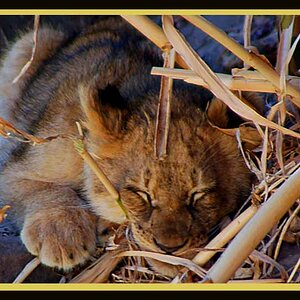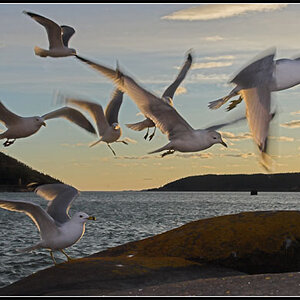jameszhan
TPF Noob!
- Joined
- Jan 30, 2017
- Messages
- 3
- Reaction score
- 0
- Can others edit my Photos
- Photos OK to edit
Hello!
I'm a totally newbie on camera gear so please bear with me!
I'm looking to buy a camera and a lens to film guitar videos for YouTube (here's an example) and film daily footage for my band (gigs, behind the stage, in the studio, rehearsal etc); I want the videos to be 1080p 60 FPS.
Here's the most crucial thing: there won't be professional lighting. The lighting will be dim. But the last thing I want is grainy videos.
Therefore, I need a camera and a lens that is able to film non-grainy videos in dim lit situations. I don't need zoom--all I care about is the ability to film non-grainy 1080p 60FPS videos in dim lit situations. It also helps to have a very big depth of field because I will mostly likely film in small places.
My budget is $1100 USD.
Any recommendations would be greatly appreciated!!! Thanks a lot in advance!
I'm a totally newbie on camera gear so please bear with me!
I'm looking to buy a camera and a lens to film guitar videos for YouTube (here's an example) and film daily footage for my band (gigs, behind the stage, in the studio, rehearsal etc); I want the videos to be 1080p 60 FPS.
Here's the most crucial thing: there won't be professional lighting. The lighting will be dim. But the last thing I want is grainy videos.
Therefore, I need a camera and a lens that is able to film non-grainy videos in dim lit situations. I don't need zoom--all I care about is the ability to film non-grainy 1080p 60FPS videos in dim lit situations. It also helps to have a very big depth of field because I will mostly likely film in small places.
My budget is $1100 USD.
Any recommendations would be greatly appreciated!!! Thanks a lot in advance!
Last edited:



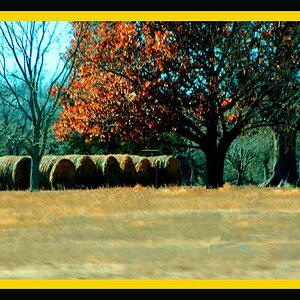
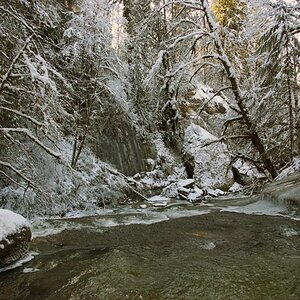
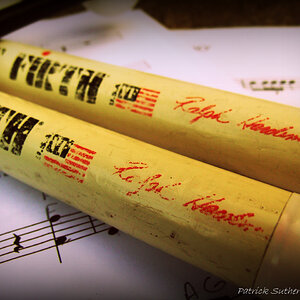
![[No title]](/data/xfmg/thumbnail/34/34061-e097813b3719866d07ff3e78e8119ffa.jpg?1619736258)
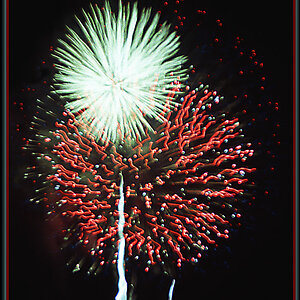
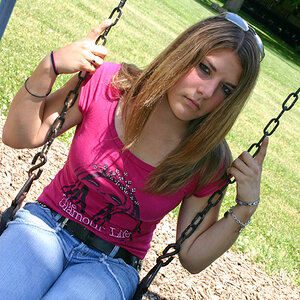
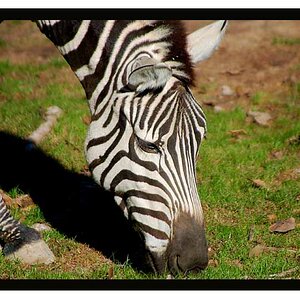
![[No title]](/data/xfmg/thumbnail/34/34065-43f99c081a04bd087c00711d2fe010ee.jpg?1619736261)
